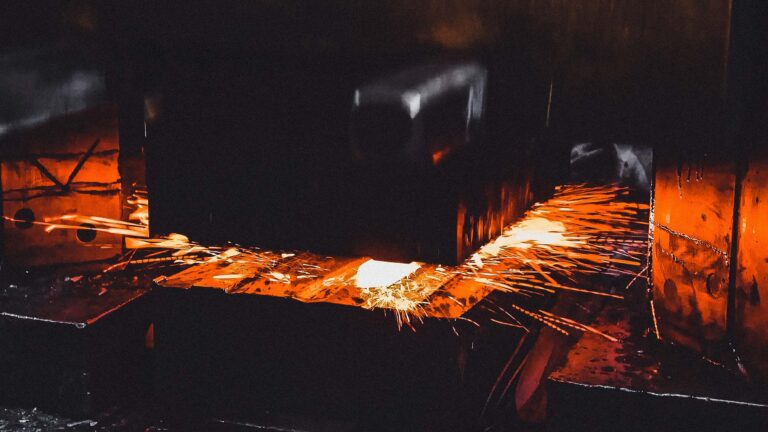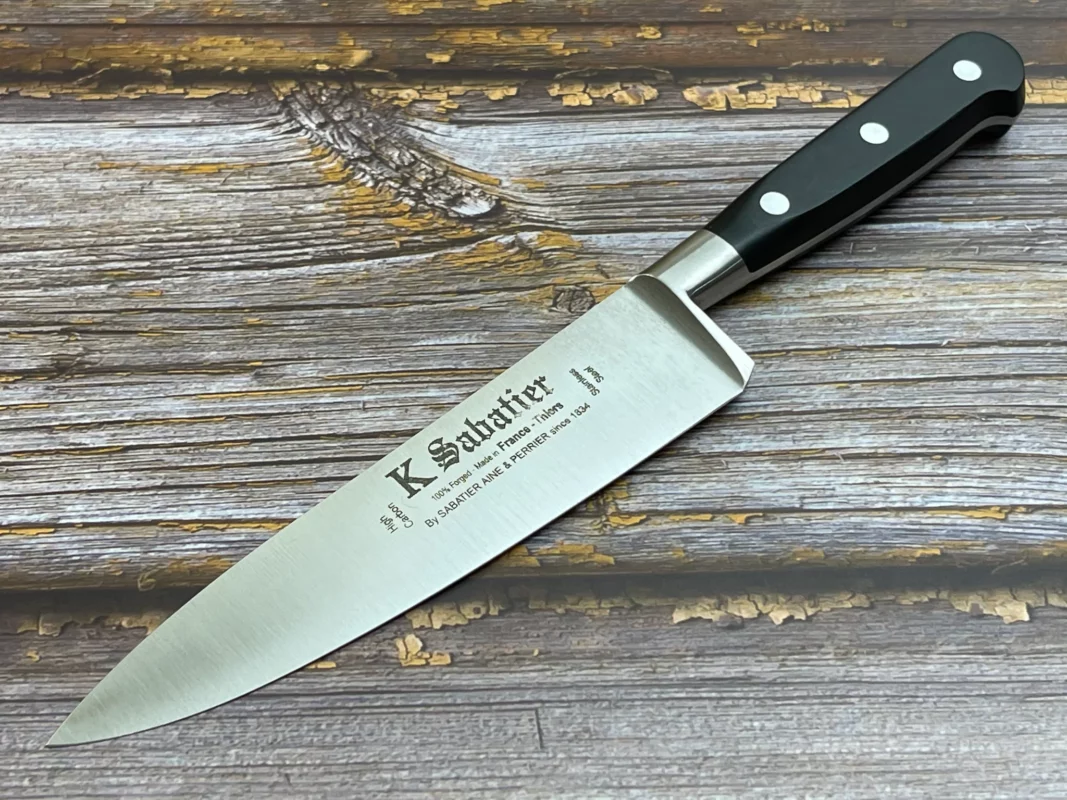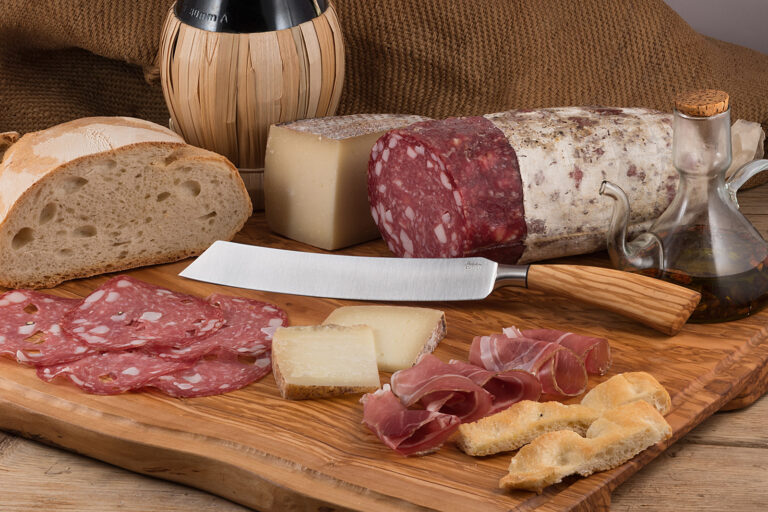The revolution brings kitchen knives into the middle-class household
We have listed kitchen knives from European knife manufacturers in our knife shop at TYPEMYKNIFE.
The more than 350 knives reflect the variety of European knife types, their different designs and traditions.
They vary by purpose and country of origin. The selection ranges from classic chef’s knives to special knives for filleting, carving or tournaments.
What unites them all, according to their origin and development, they have European forms that differ greatly from Asian ones.
They have been developed for our local cuisine and the preparation of their dishes and, above all, are suitable for this.
In order to get closer to the origin of our knives, we have looked at the origin of the kitchen knives historically. In this blog we delve into the development from the baroque to the present day.

The courtly food culture developed in Europe up until the French Revolution.
Many dishes were served at the table at the same time. Small pies, soups or pickles as starters.
The main courses were mostly large roasts, poultry and vegetables. In addition, desserts, cakes.
Finally, fruit, cheese and chocolates. This required a variety of cutlery. For fish, crustaces, mussels, cakes and much more.
In order to create such difficult dishes, the kitchen also needed its highly developed kitchen tools. The shape of the meat knife has changed only slightly. Large, heavy blades with a straight back and a curved edge.
New inventions are paring knives with a beak-shaped blade, knives that were used specifically for bread. Paring knives, paring knives, new developments as required.
Still in plain carbon steel, staining, rusting and imparting a metallic taste. A circumstance that required a lot of care and constant cleaning of the knives.
But the people wanted to share in the pleasure, as Marie Antoniette said, if they don’t have bread, they should just eat cake.
After the violent expropriation of the nobility, their chefs were literally sitting on the street. To ensure their survival, many top chefs opened the first restaurants in Paris.
Soon you could eat what was otherwise reserved for the nobility in over 3000 restaurants.

photo credit by GÜDE, Solingen
Are there typical European kitchen knives?
Today’s knife shapes spread throughout Europe, starting from France.
The normal chef’s knife in Central Europe was a model with a continuous blade, three rivets and a raw handle.
Or the plugged-in variant. This is where the tang sits, i.e. the pointed extension of the blade in a hardwood handle.
With the industrial revolution, European kitchen knives have changed radically in two ways.
With the development of drop hammers and friction spindle presses, the knife steel could be deformed in such a way that a thickening could be forged onto the end of the blade.
The chef’s knife with a bolster was invented. The second revolution made its way into households and professional kitchens with the development of stainless knife steel.

Photo Credit by K-Sabatier Thiers France
Provenance, the typical French kitchen knife ?
We at TYPEMYKNIFE were looking for them, the European kitchen knives. We were in the centers of European knife making.
We expected to find knife manufacturers in Sheffield, England, or Mora, Sweden.
But these have disappeared in the fight for market shares in the ever-growing European knife market. The most important knife manufacturers can now be found in Germany, France and Italy.
If you compare the current knife creations of these traditional companies, which are often centuries old, you can still see a local style.

Photo Credit by Saladini Scarperia Italy
The shapes of knives around the world are based on the cuisine of the countries and their regions.
Asian kitchen knives are fundamentally different from European ones. But there are also major differences in cuisine in Europe.
Apart from the regional differences. Is French cuisine more diverse? The two seas, the Atlantic and the Mediterranean supplied the people with completely different products than in Germany, which is primarily characterized by rural areas.
In Germany, the medieval cuisine was very meat-heavy due to the lack of a larger selection of vegetables and fish. After the Hanseatic League, Germany was no longer so closely connected to other countries, continents or its own colonies.
Italy, on the other hand, has a very special influence on the local cuisine due to its Roman past. The range of dishes and raw materials was varied. During the Renaissance, Italy was among the seafaring nations that traded with both the new and old worlds.
All this had an impact on the national cuisine, and therefore directly on the development of kitchen knives in style, form and function.
We would like to take a closer look at this in another blog post.
You can read about the beginnings of the knife as a weapon and tool on our blog post on the development of European kitchen knives< /p>
In In our shop you will find German, Italian and French knife manufacturers. Here you can easily follow the different stylistic features and national traditions.
https://typemyknife.com/entwicklung-europaeischer-kuechenmesser-t-1/

